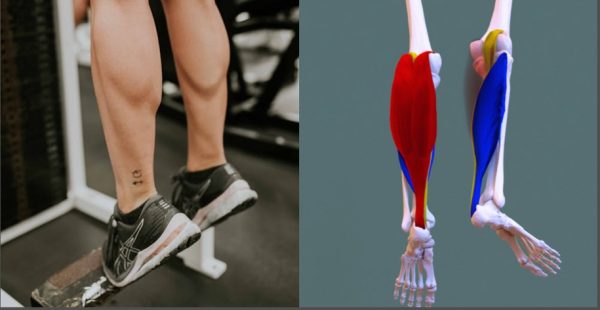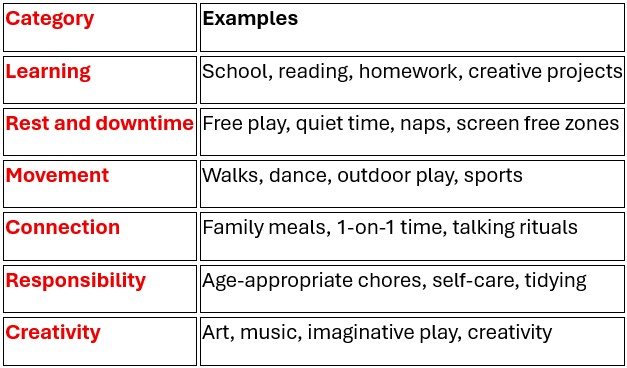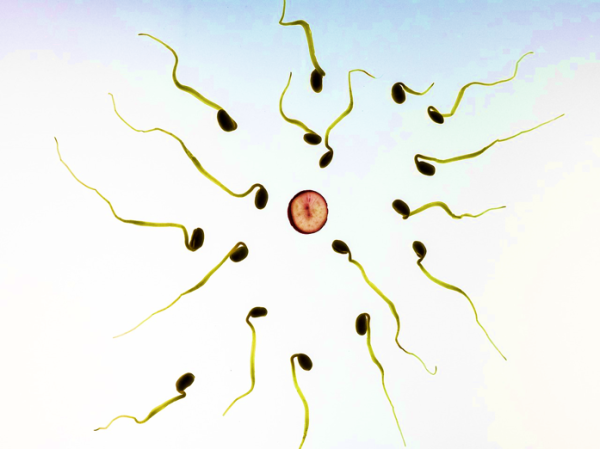
Trikatu For Weight loss, Digestion and Overall Health
Trikatu is an ancient home remedy that promotes overall health. It is also prescribed and available as Ayurvedic medicine Trikatu churna. As the name indicates Trikatu means Tri – three, katu- spicy pungent ingredients – it is a mix of three spicy herbal ingredients. The three ingredients are dry ginger, black pepper and Pippali.
Pippali or pipli is long pepper or Indian long pepper which is also a flowering vine belongs to family Piperaceae. Dried fruit of the plant is used for home remedies and culinary purposes. When the three pungent herbs are mixed it creates a digestive fire that promotes healthy digestive system.
How to prepare Trikatu? Take equal amount of all three ingredients
- Dry ginger – 50 grams
- Dry pepper – 50 grams
- Dry pippali – 50 grams
Preparation:
Separately prepare powders of all three ingredients. You can use powders available in the market. Or you can prepare dry ginger powder, black pepper powder and dry pippali powder and sieve them to collect fine powder. Mix them and store in an airtight container.
Benefits of Trikatu:
- It helps to improve absorb nutrients and improve digestion and metabolism
- Promotes weight loss
- Reduces bloating, gas and cramping
- Acts on fat tissues and burns fat
- Improves liver functions
- Helps body to fight against infections
- Controls high blood pressure
- Reduces body inflammation and pain
- Melts phlegm and controls cold and cough
- Helps to reduce skin infections
- Reduces allergy and promotes healthy breathing by reducing respiratory tract infections
- Rejuvenates lungs
- Good remedy for common cold and mild fever
- Improves and strengthen immune system
According to Ayurveda Trikatu’s doshic effect is in reducing kapha and vata. It removes toxins from digestive system, respiratory system, lymphatic and circulatory system. Thus, it acts on high cholesterol, kapha imbalance, excessive mucus and congestion, obesity, asthma, bloating, liver and spleen disorders, candida and parasites infections and poor circulation. It also promotes weight loss and removes mental fog!
How to use? Different ways to consume Trikatu powder-
- When needed, mix ½ tsp of Trikatu powder with little honey or crushed sugar candy and consume. It is good for asthma and respiratory problems, poor circulation
- One can sprinkle 1/8 – 1/4 tsp Trikatu over food or mix in a glass of warm water with or without honey before meals and consume – improves circulation, increases digestion, redces gas and bloating
- Or mix 1/8-1/4 tsp Trikatu with honey and turmeric to make syrup – good for cough and cold symptoms
Trikatu tastes bitter and spicy. Some people take Trikatu in empty stomach in the morning and at night. Do not consume more than a tsp of Trikatu as the ingredients are spicy and pungent. At certain dosages Tikatu is effective. It is not recommended during pregnancy, during acid reflux, gastritis, ulcers and or during menstruation.
Image credit:
- By കാക്കര – Own work, CC BY-SA 4.0, https://commons.wikimedia.org/w/index.php?curid=39970264
- https://pixnio.com/food-and-drink/bowl-wood-pepper-grain-powder-spice
- Pippali – Amazon.com
Author: Sumana Rao | Posted on: July 7, 2025
« Ways To Use Clove In Home Remedies Ayurveda And Home Remedies Can Help Reduce Nerve Problems »










